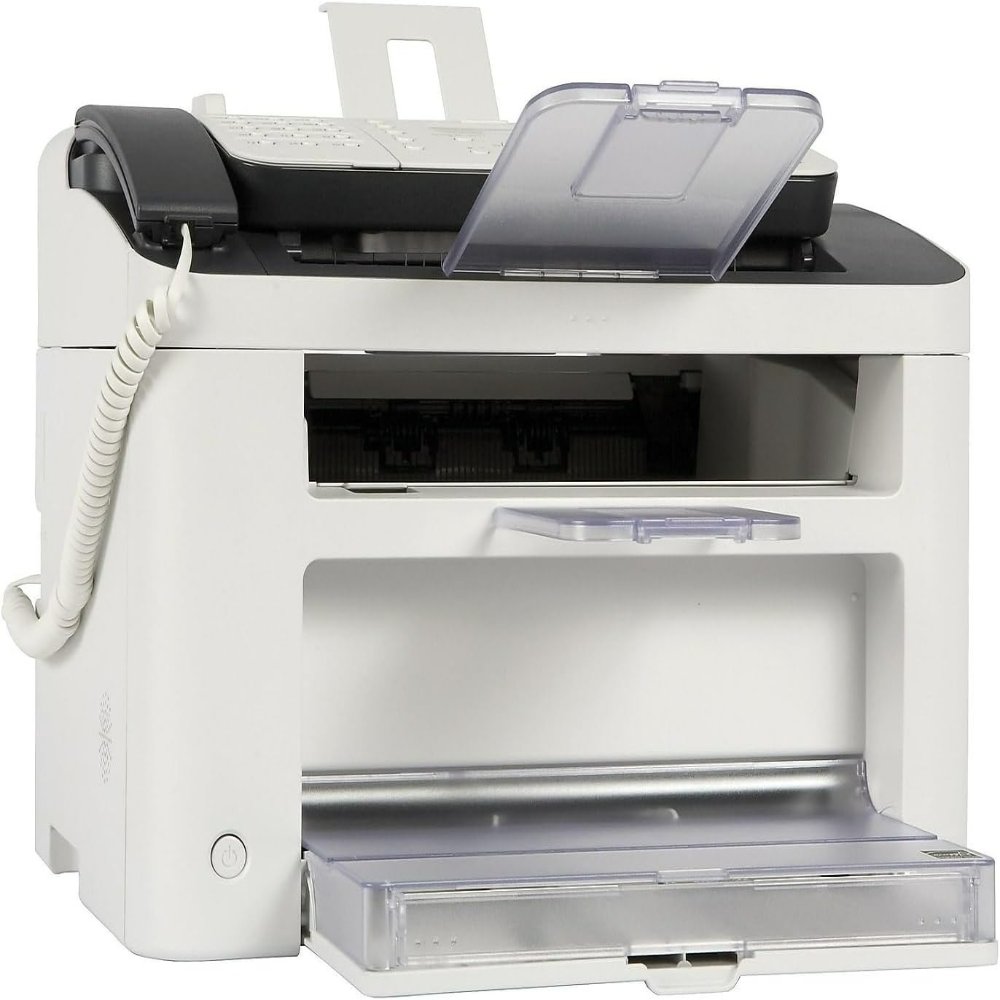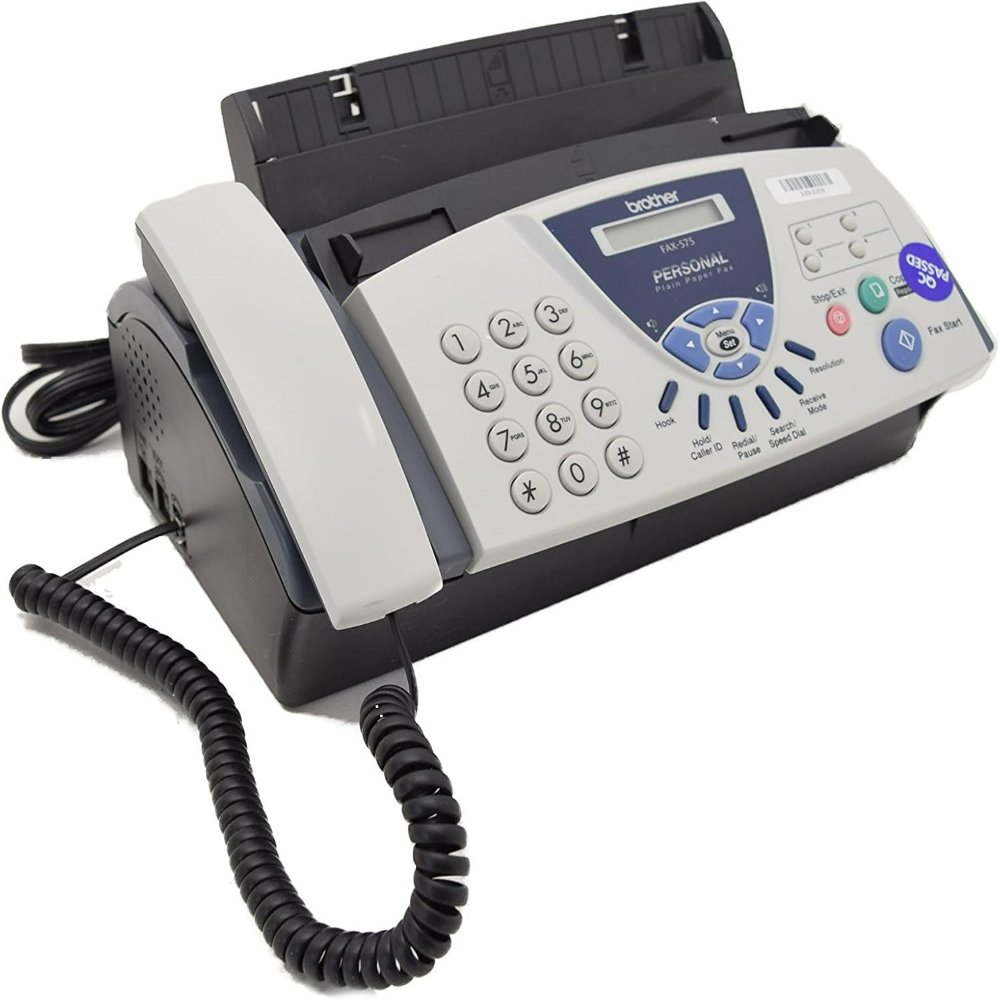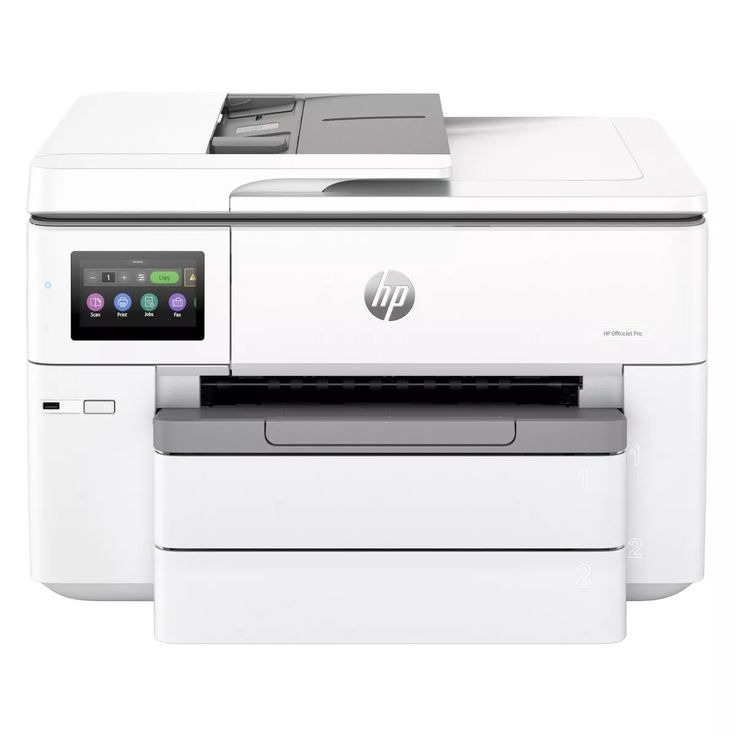The Origin and Evolution of Fax Machines
The journey of fax machines began in the 19th century. Alexander Bain, a Scottish mechanic, invented the first fax-like device in 1843. It could reproduce graphic signs in laboratory experiments. Over time, his invention set the foundation for others to improve upon.
The technology evolved rapidly in the early 20th century. By the 1920s, fax machines began to integrate with the telephone network, which greatly expanded their reach and utility. These early machines were called telephotography or wirephoto systems, used primarily by newspapers for transmitting documents and photographs.
The mid-20th century brought further advancements. Fax machines became smaller, faster, and more reliable. By the 1970s, they were a common sight in businesses around the world. They worked by scanning documents, converting the information into audio tones, and transmitting those tones over telephone lines to a receiver, which then converted the tones back into images or text.
With the advent of the internet and digital technology in the late 20th and early 21st centuries, fax machines transitioned from analog to digital. This shift allowed them to work more efficiently with computers and digital lines, pushing the boundaries of what was possible with fax transmission. Despite the rise of email and other forms of digital communication, fax machines have maintained their importance in many industries due to their perceived security and reliability.
Throughout their evolution, fax machines have continually adapted to the changing technological landscape. Today’s fax machines are a far cry from Alexander Bain’s primitive design, showcasing the remarkable journey of an invention that has proved its staying power over time.

Core Principles Behind Fax Transmission
How does a fax machine work? To understand how fax machines work, we must grasp the core principles behind fax transmission. These principles involve converting documents into a format that can travel across telephone lines and reconstructing them accurately at the destination.
Fax machines operate on the principle that all documents, whether text or images, can be broken down into pixels. In essence, they digitize the information. They then translate these pixels into audio tones—a process known as modulation. These tones vary in frequency and duration, depending on the pixel’s darkness or lightness.
Once modulated, the machine sends these audio tones over the telephone network. The receiving fax machine uses a method called demodulation. It listens to the tones and converts them back into pixels, reconstructing the original document.
This process is made possible by standardized communication protocols that ensure a sender and receiver, even from different manufacturers, can understand each other. The most common standard is the Group 3 fax protocol, which most fax machines and networks support.
Finally, error correction plays a vital role in fax transmission. It checks for and corrects any errors that may have occurred during the transmission. This helps ensure that the document arrives at its destination intact and readable. The reliability and accuracy of fax machines stem from these robust error correction protocols.
Step-by-Step: How a Fax Machine Sends Information
To comprehend how a fax machine works in practical terms, let’s walk through the step-by-step process of sending information:
- Document Preparation: The user places the document to be faxed onto the machine’s document feeder.
- Scanning: The machine scans the physical document, converting it into a digital image made up of tiny dots or pixels.
- Encoding: It then encodes the digital image into a series of audio tones, with each tone representing different shades of black, white, or gray.
- Dialing: The fax machine dials the recipient’s number over the telephone network to establish a connection with the receiving machine.
- Transmission: Once connected, the machine transmits the encoded audio tones along the telephone lines.
- Reception: The receiving fax machine, upon detecting incoming tones, decodes them back into the equivalent digital image.
- Printing: After decoding, the recipient’s machine prints out the recovered image as a physical document.
- Confirmation: Both machines exchange signals to confirm the safe and accurate delivery of the document.
Each step in this process is crucial for a successful fax transmission. The technology behind fax machines is designed to provide clear, reliable communication, ensuring that the information is transmitted securely from one point to another. This is why fax machines remain an important method of sending documents, especially when considerations of legality and security are paramount.

The Role of Telephone Lines in Fax Communication
The telephone lines play an essential part in fax communication. They form the highway that connects two fax machines. Here’s how they facilitate the fax transmission process:
- Connection Establishment: When you send a fax, the machine uses telephone lines to establish a link with the receiver. The sending machine dials the recipient’s fax number, just like a phone call.
- Data Transfer: Once a connection forms, telephone lines carry audio tones that represent the scanned document. These lines are crucial since they transfer the information accurately from sender to receiver.
- Signal Quality: The clarity of the faxed document relies heavily on the telephone line quality. Poor-quality lines can result in errors or poor reproduction of the original document.
- Reliability: Fax machines often use landlines because they are more reliable for signal transmission. This reliability is key in maintaining the integrity of the document being sent.
Telephone lines are critical in ensuring that fax communication remains consistent and dependable. Without them, the core function of a fax machine — to send documents over long distances quickly and securely — would not be possible.
Modern Fax Technology: From Analog to Digital
As technology advanced, so did fax machines, transitioning from analog to digital systems. In the past, fax machines worked on analog signals—sounds that varied smoothly like waves in the ocean. In contrast, digital signals are more like the steps of a staircase: precise and uniform.
This evolution brought several benefits. Digital fax technology improves speed, enabling faster document transmission. It also enhances image quality, producing clearer, more accurate reproductions of the original document. Here are some ways digital technology has impacted fax machines:
- Higher Speed: Digital fax machines can send and receive documents much quicker than their analog predecessors.
- Better Quality: They offer improved resolution, resulting in better image clarity and detail.
- Enhanced Security: Digital transmission can be encrypted, adding a layer of security to sensitive information.
- Integration with Computers: Modern fax machines can connect directly to computers, allowing users to fax documents without printing them first.
- Error Correction: Digital technology includes sophisticated error correction protocols that reduce the likelihood of transmission errors.
The digital fax technology also supports various file formats, making it versatile for different types of documents. This interoperability ensures that information is communicated effectively, regardless of the format.
Despite the rise of email and other digital communication tools, faxing remains in use for its reliability and security. As we continue to see innovations in digital technology, it is likely that fax machines will adapt to maintain their relevance in the business world.

Understanding Fax Protocols and Compatibility Issues
To ensure smooth fax communication, understanding fax protocols and compatibility is crucial. Fax protocols are sets of rules that govern the way fax machines communicate. These protocols enable fax machines, even from different manufacturers, to send and receive information reliably. The most widely adopted standard is the Group 3 (G3) protocol.
Key Fax Protocols
- Group 3 (G3) Protocol: The most common and compatible protocol used in fax machines. It supports a standard resolution.
- Group 4 (G4) Protocol: Used primarily in digital fax systems found in multifunction printers. It provides higher resolution and faster transmission but requires a digital network.
Compatibility issues arise when fax machines operate on different protocols or standards. A G3-compatible fax machine may not successfully send a fax to a G4-only device, and vice versa. This is why businesses often make sure that their fax equipment supports the widely-accepted G3 protocol to avoid issues.
Legacy fax machines sometimes face difficulties interfacing with modern digital networks. This is because older machines were designed for analog phone lines, while new infrastructure uses digital signals. Converters or adapters, known as analog telephone adapters (ATAs), can help bridge this gap and ensure compatibility.
Maintenance and software updates play a significant role in combating compatibility issues. Manufacturers release updates that can help fax machines handle new types of signals or network changes. It’s vital to keep the firmware of a fax machine up-to-date to avoid communication problems.
In summary, understanding and adhering to fax protocols ensures that fax machines can communicate effectively across different systems. Keeping equipment current with compatible standards and updates will minimize the potential for compatibility issues, allowing for seamless document transmission.
The Continued Relevance of Fax Machines in the Digital Age
Despite vast advancements in digital communication, fax machines retain their significance today. Amidst emails and instant messaging, why do many still rely on fax machines? Here are key reasons for their ongoing importance:
- Security: Faxes are often viewed as more secure than emails. Traditional faxing does not expose data to the internet, which means less risk of cyber attacks.
- Legal Recognition: In many places, faxed documents have legal standing. Some industries demand faxed signatures for contracts and official records.
- Ease of Use: For some, fax machines are simpler to operate than digital alternatives. With a fax, one simply scans and sends the document.
- Direct Delivery: Faxes go straight to the recipient, bypassing email inboxes that can be cluttered or not monitored.
- Reliability: Fax machines work even during internet outages. They are dependable tools for urgent document transmission.
While it’s true that the digital landscape is evolving, fax technology has kept pace. Today’s fax machines blend with modern digital environments while offering enhancements in speed and functionality. Companies leverage internet-based fax services, also known as e-fax, which combine the reliability of traditional fax with digital convenience. Users can send and receive faxes from computers or mobile devices, blurring the lines between traditional and digital methods.
The future might hold more integration, as fax machines continue to evolve. They might eventually become fully digitalized, yet the principles—security, legal validity, and direct delivery—will likely remain their pillars. So even as we move forward in the digital age, there’s a clear role for fax machines, meshing the old with the new to serve today’s communication needs.
Security and Privacy Aspects of Fax Communication
When it comes to sharing sensitive documents, security is a top priority. Fax machines have long been trusted for their ability to keep information private. But what exactly makes fax communication secure? Here we explore the aspects that lend fax machines their reputation for privacy and security.
- Direct Transmission: Fax machines send documents directly to the recipient. There are no servers or digital storage points where data might get intercepted.
- Dedicated Lines: Typically, faxes transmit over dedicated telephone lines. These are harder for hackers to access compared to internet connections.
- Confirmation Reports: After sending a fax, you receive a confirmation that confirms only the intended recipient received the document.
- Legal Compliance: Faxing adheres to stringent legal standards. Laws like HIPAA in healthcare require certain information to be faxed for security reasons.
- Physical Security: Unlike emails, faxes are received as hard copies which are usually retrieved immediately by the intended recipient. This limits the exposure to unauthorized viewers.
- Encryption: In digital faxing, encryption secures the data from the sending fax machine to the receiving one. This makes it difficult for hackers to decipher the message even if they intercept it.
These features combine to make fax machines a trusted tool in businesses and industries where confidentiality is paramount. Whether you’re sending legal documents, healthcare information, or sensitive corporate data, fax machines offer a level of security and privacy that is tough to beat.